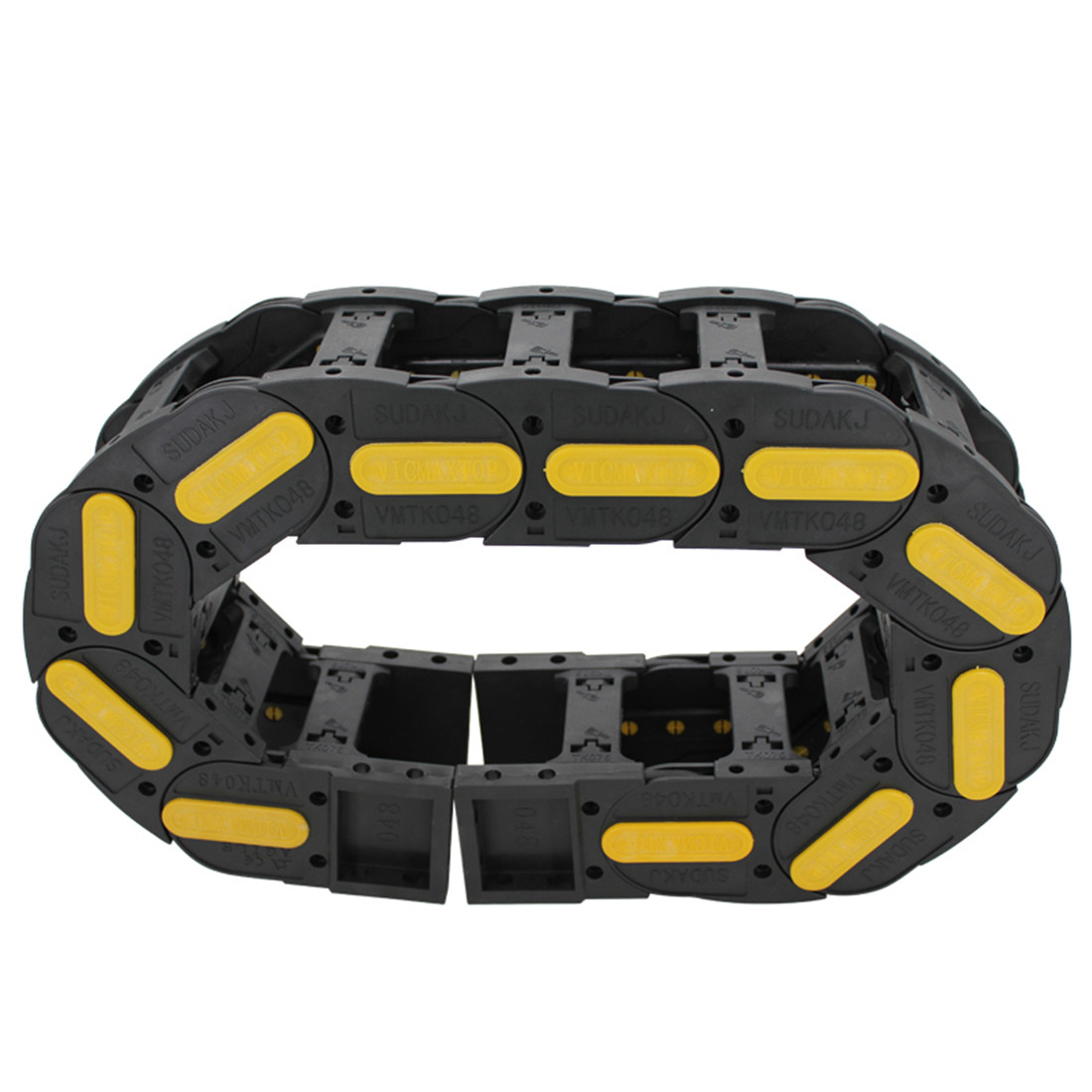cable and hose carrier systems
Cable and Hose Carrier Systems An Overview
In the world of industrial automation and machinery, managing cables and hoses efficiently is crucial for the smooth operation of equipment and systems. Cable and hose carrier systems, also known as drag chains or cable carriers, play a vital role in organizing, protecting, and guiding cables and hoses in various applications. These systems enhance the safety and longevity of cables and hoses while ensuring seamless motion in automation and machinery.
What Are Cable and Hose Carrier Systems?
Cable and hose carrier systems are mechanical structures that facilitate the movement of flexible cables, hoses, and other lines in a designated path. They are designed to reduce wear and tear on cables, preventing tangling, abrasion, and potential damage. By allowing for controlled movement, these carriers support applications where cables and hoses need to flex, twist, or bend as machinery operates.
Typically made from materials such as plastic or metal, cable carriers come in various shapes and sizes. The choice of material and design often depends on the application requirements, including environmental factors, load capacity, and mobility. Different models cater to specific industries, ranging from heavy-duty applications in manufacturing plants to lightweight options for robotic systems.
Applications of Cable and Hose Carrier Systems
Cable and hose carrier systems have widespread applications across several industries. They are commonly found in
1. Manufacturing In assembly lines and machinery where movement is frequent, cable carriers ensure that the cables and hoses do not interfere with the operation. They help maintain organized pathways, reducing downtime caused by cable damage.
2. Robotics As robots move in multiple directions, cable carriers support the management of power, control, and data cables, eliminating the risk of snagging. This is crucial in enhancing the reliability and efficiency of robotic operations.
3. Construction Equipment Heavy machinery, such as cranes and excavators, utilizes cable carriers to manage hydraulic hoses and electrical cables. This contributes to the overall safety and functionality of the equipment.
4. Material Handling In conveyor systems and automated guided vehicles (AGVs), cable carriers play an essential role in ensuring smooth operations by securely holding cables while allowing for dynamic movement.
cable and hose carrier systems

Advantages of Using Cable and Hose Carrier Systems
The use of cable and hose carrier systems offers numerous advantages, including
- Protection Cable carriers shield cables and hoses from wear, environmental impacts, and mechanical damage, significantly extending their lifespan.
- Organization These systems provide an organized structure for cables and hoses, reducing clutter and improving accessibility for maintenance.
- Safety By minimizing the risk of entanglements and tripping hazards, cable carriers contribute to a safer working environment in industrial settings.
- Flexibility Modern cable carriers are designed to accommodate varying motion paths and complex movements, making them suitable for a wide range of applications.
- Reduced Downtime With better organization and protection of cables, businesses can experience fewer equipment failures and maintenance issues, leading to increased productivity.
Conclusion
Cable and hose carrier systems are indispensable components in the industrial landscape, streamlining operations across diverse applications. By ensuring the efficient management of cables and hoses, these systems not only enhance the functionality and safety of machinery but also contribute to cost savings and improved equipment reliability. As technology continues to advance, the development of new materials and designs will further enhance the capabilities of cable and hose carrier systems, solidifying their role in the future of industrial automation. Embracing these innovations is essential for businesses aiming to stay competitive in a rapidly evolving market.








